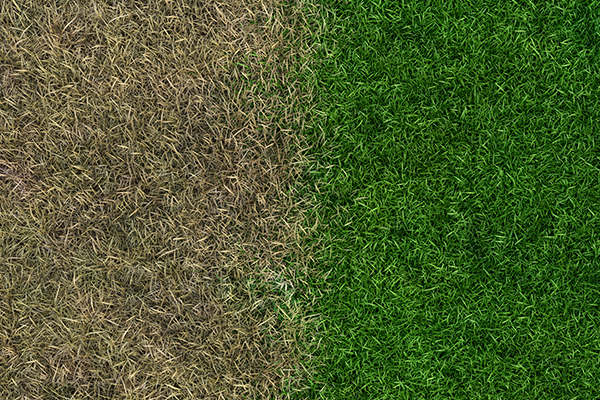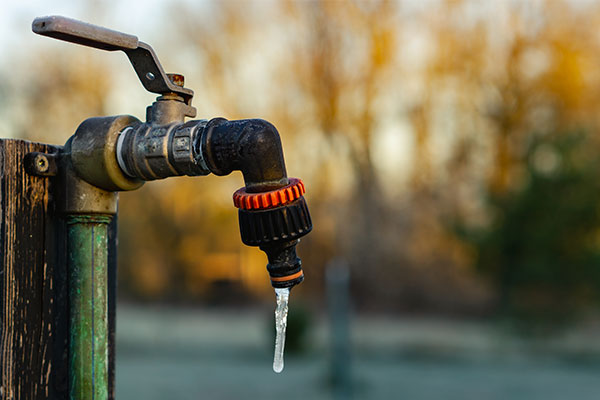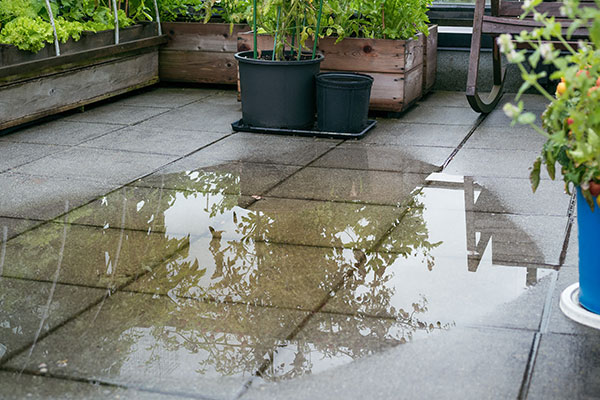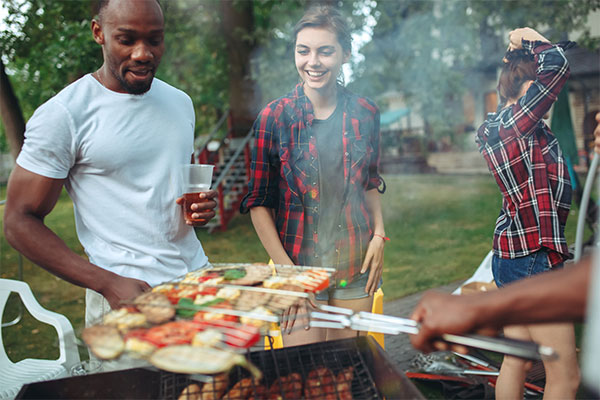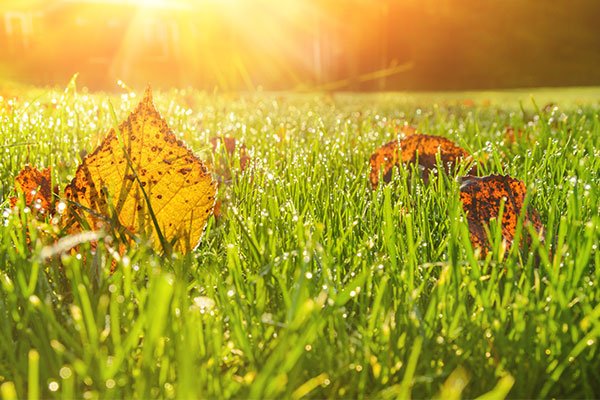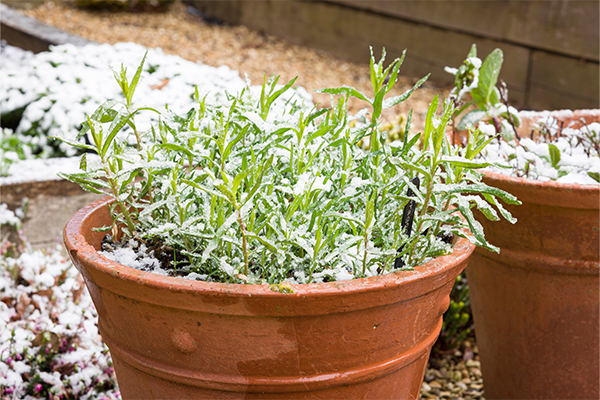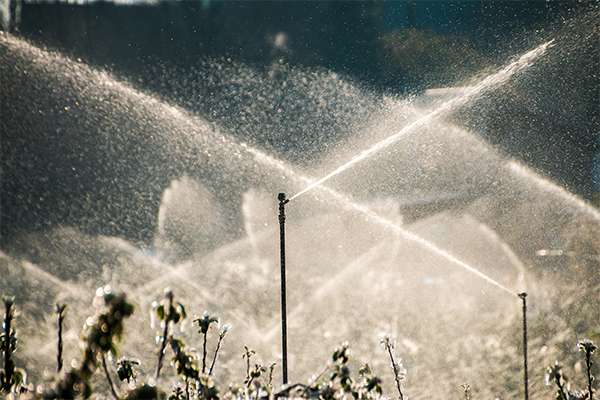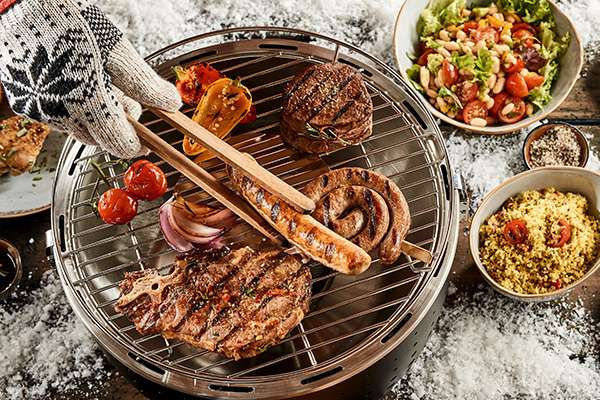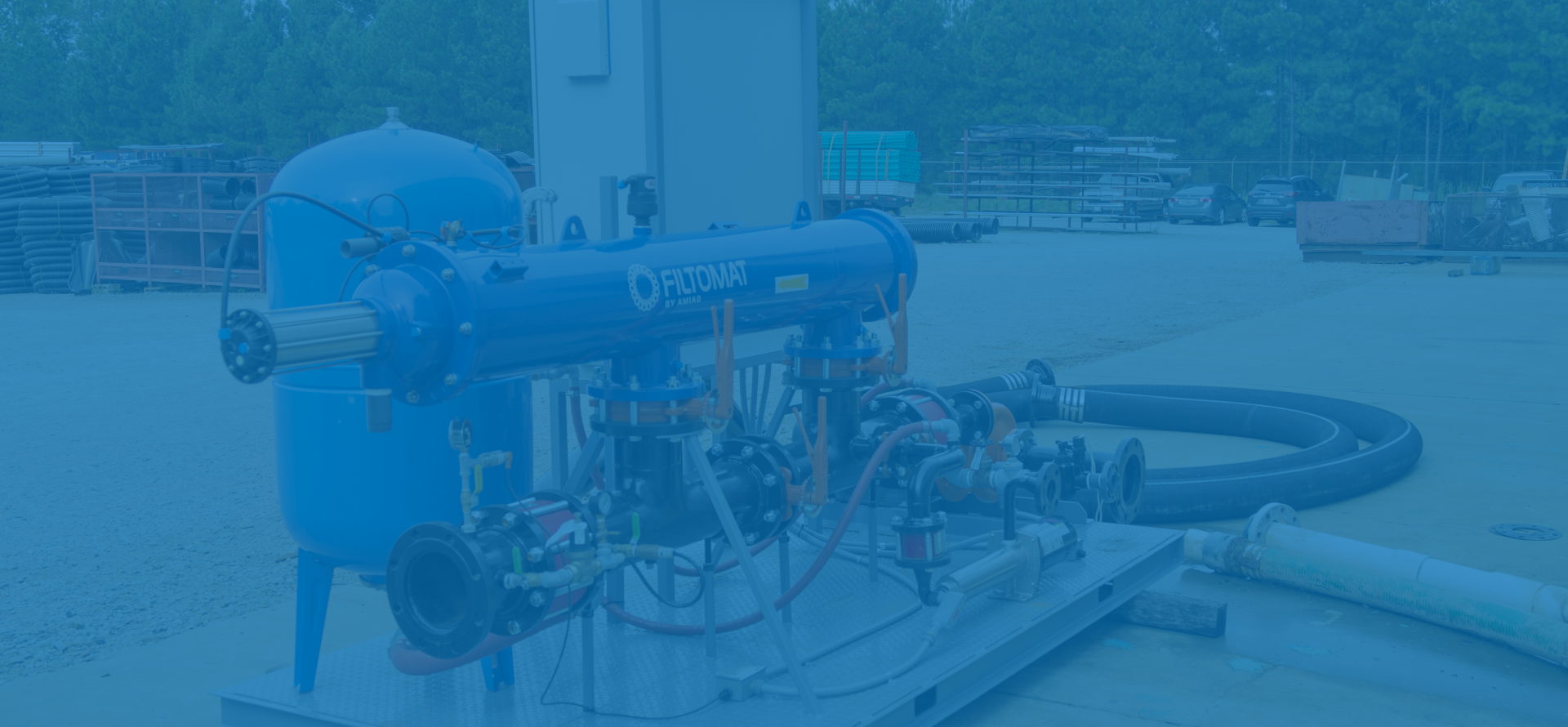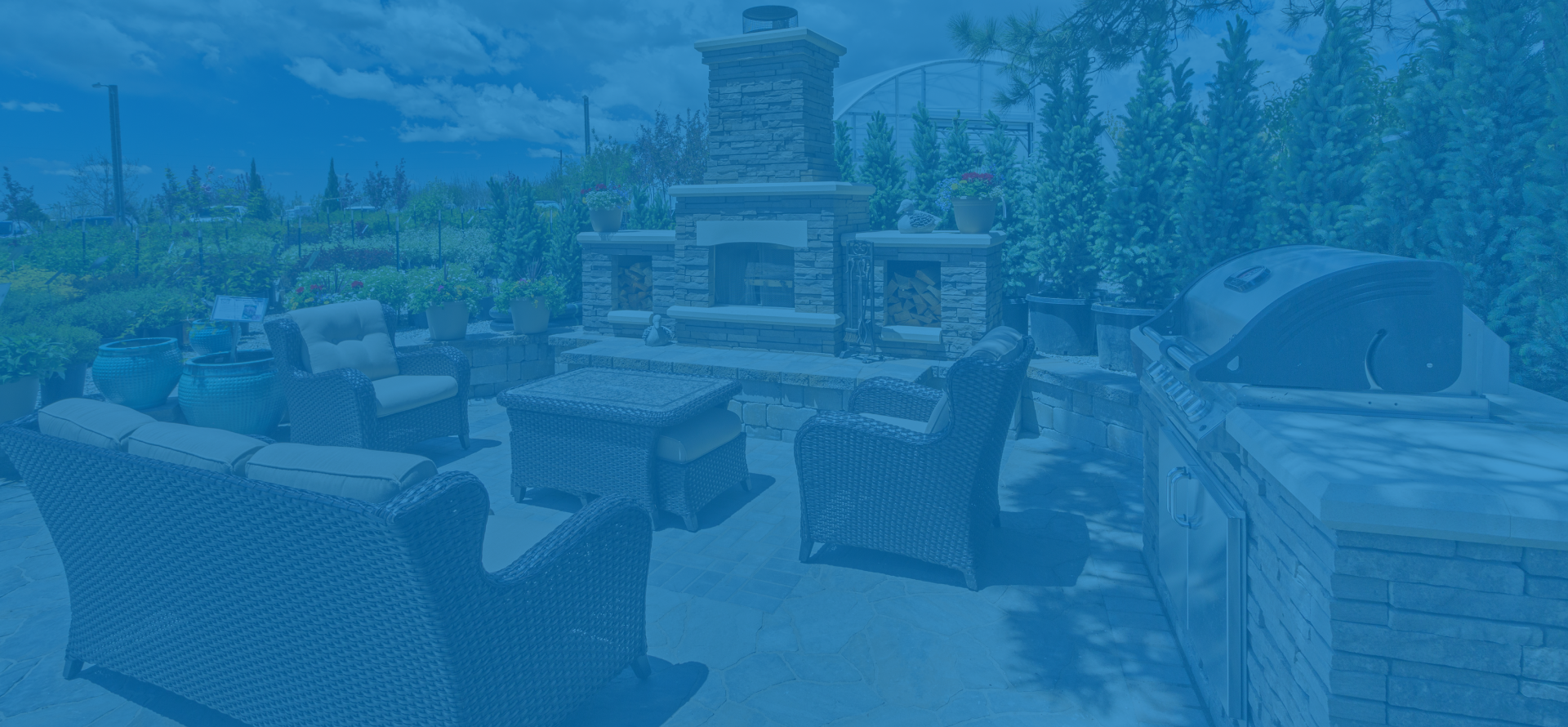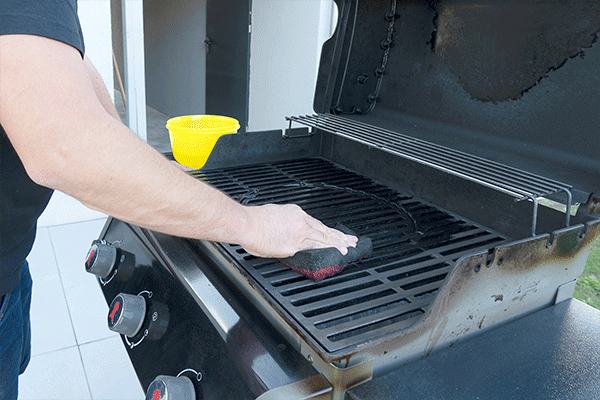
As winter fades and the first warm days of spring begin to emerge, outdoor enthusiasts and foodies alike turn their thoughts to barbecue season. However, before you can enjoy those perfectly grilled steaks, vegetables, and kabobs, one essential task is cleaning your grill. Knowing how to clean a grill, especially after reduced use through the cooler months, ensures the longevity of your barbecue equipment and the quality and flavor of your meals. Here’s a step-by-step guide on BBQ cleaning to kick-start your grilling season.
Step 1: Gather Your BBQ Cleaning Supplies
Start by assembling your BBQ cleaner toolkit. This should include a grill brush, a bucket of warm, soapy water, a sponge, a putty knife, a stainless steel cleaner (if applicable), and a microfiber cloth. Choosing the best grill cleaner tools can significantly increase the ease and effectiveness of cleaning a grill.
Step 2: Inspect and Prep Your Grill
Next, inspect your grill for any damage or rust. Remove any large debris and disconnect the grill from its fuel source for safety. This is the perfect time to check your grill’s components, such as the burners in a gas grill, to ensure they are free of obstructions and in good working order.
Step 3: Scrubbing the Grates
The best way to clean grill grates is by heating the grill for about 15 minutes to loosen any hardened grease and food residue. After turning off the grill and allowing it to cool slightly (but while it’s still warm), use a grill brush to scrub the grates thoroughly. For stubborn residue, a combination of a grill brush and a putty knife works wonders. After scrubbing, wipe the grates with a damp cloth to remove any loose particles.
Step 4: Clean the Grill’s Interior
Remove the grates and other removable parts and soak them in soapy water. Use your grill brush and a putty knife to scrape off as much residue as possible from the inside of the grill. Pay special attention to the burners or heat plates—these areas can significantly impact your grill’s performance. Rinse all the parts and the grill interior with water and dry them thoroughly.
Step 5: Address the Exterior
Cleaning the exterior of your grill depends on the grill’s material. For stainless steel, apply a gentle stainless steel cleaner and polish with a microfiber cloth for a gleaming finish. For painted surfaces, a damp cloth with mild soap will suffice.
Tips for a Spotless Grill
- Remember regular maintenance. Quick cleans after each use drastically reduce the effort required for the seasonal deep clean.
- Use dedicated BBQ cleaner products for grills that can handle tough grease effectively.
- Don’t forget the underside of the lid and the grease tray where gunk accumulates over time.
Elevate Your Outdoor Living Space
Do you use your grill frequently for outdoor cooking and entertaining? It might be time to consider enhancing your outdoor living area with a built-in grill or outdoor kitchen. Upgrading your deck, patio, and backyard with an outdoor kitchen adds value to your home. It creates a perfect setting for entertaining your family and friends. Having the space you need and the grill you’ve been dreaming of can make that seasonal grill cleaning all worth it.
For all the information you need on outdoor kitchens and grills, contact the experts at W.P. Law.


